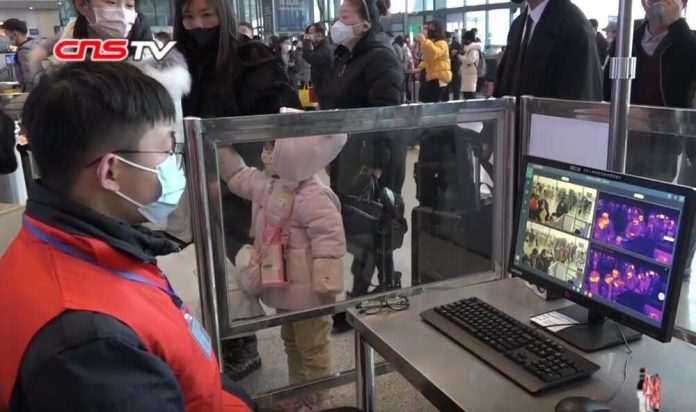As the number of coronavirus cases continues to rise around the world, there are deep concerns over the potential economic impact of the virus.
The virus originated in China, and given the size of China’s economy, a slowdown there from the COVID-19 outbreak will spill over to the rest of the ASEAN+3 region.
The ASEAN+3 Macroeconomic Research Office (AMRO) estimates that the COVID-19 epidemic could deduct as much as half a percentage point from the economic growth of some regional economies in 2020.
Outside of China, the impact is also being felt in the rest of the ASEAN+3 economic bloc, which comprises the 10 member states of the Association of Southeast Asian Nations as well as China, Japan and South Korea — through three main channels.
Disruption to travel, tourism and related industries
The most immediate impact on the region has been the disruption to travel, tourism and related industries. Flight suspensions, travel advisories, restrictions and bans on visitors from China, China’s order to stop outbound travel groups and a more cautious approach to travel owing to fear of contagion have all led to a sharp drop in tourism in the region — both Chinese tourists as well as those from other countries.
During the SARS outbreak in 2002–2003, tourism from China to countries such as Japan, South Korea, Malaysia, Singapore and the Philippines dropped by as much as 50 to 90 per cent before rebounding fully the following year.
But regional economies have become much more dependent on Chinese tourism since then. Today, visitors from China make up around 40 per cent of all tourist arrivals in the region — up from less…


